
History has alwayz been Mystery still it is Evergreen in the Present. HISTORY never says GOODBYE, it says, SEE YOU LATER
How to get URL link on X (Twitter) App



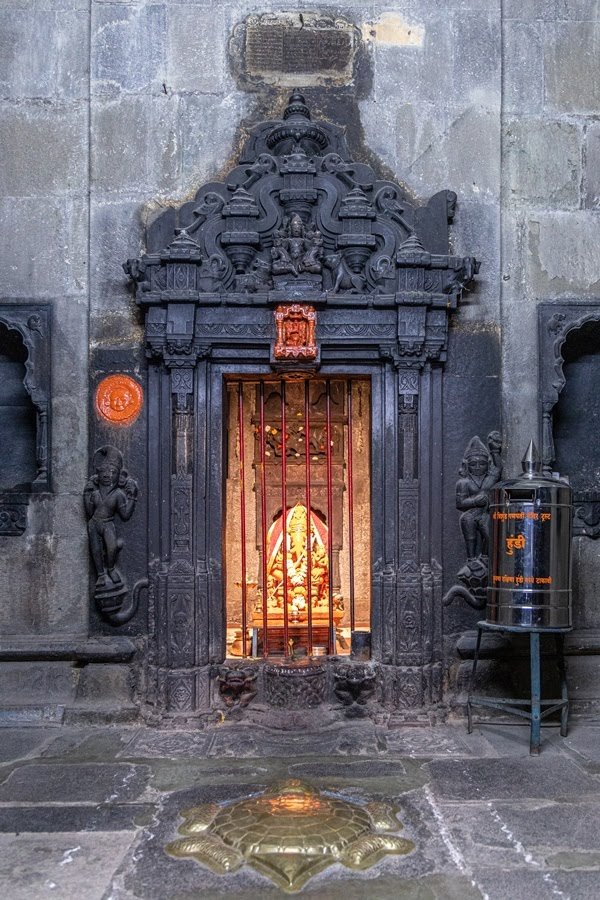

 There are 2 sculptured ‘dwarpalakas’ at entrance along with other elaborated carved peacock, parrots & elephants in combat. It has exquisite stone sculptures, arches & domes are still intact, despite being exposed, for close to 375 years.
There are 2 sculptured ‘dwarpalakas’ at entrance along with other elaborated carved peacock, parrots & elephants in combat. It has exquisite stone sculptures, arches & domes are still intact, despite being exposed, for close to 375 years.




 #KandariyaMahadevaTemple was built by Chandela ruler. God Shiva is the chief deity in temple deified in sanctum sanctorum.
#KandariyaMahadevaTemple was built by Chandela ruler. God Shiva is the chief deity in temple deified in sanctum sanctorum. 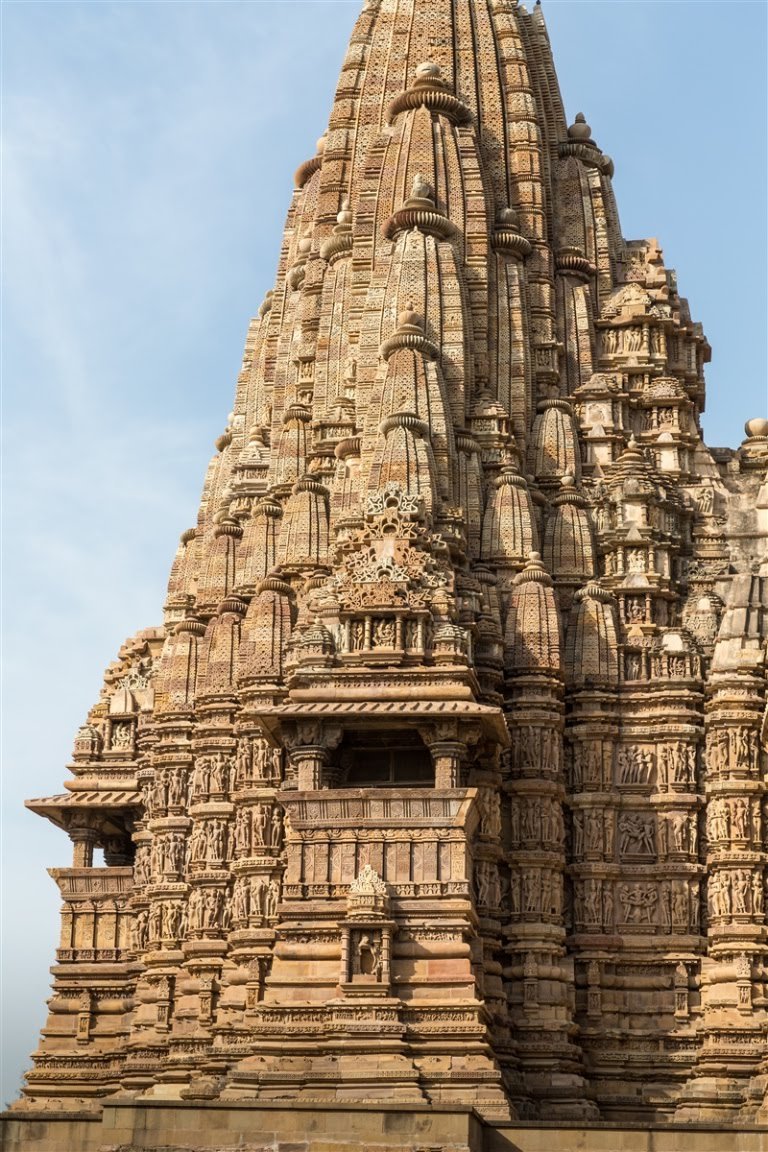

 Arial view of the Tower is an
Arial view of the Tower is an

 Constructed of red sandstone & marble, #AmerFort consists of Diwan-e-Aam, or "Hall of Public Audience", Diwan-e-Khas, or "Hall of Private Audience", Sheesh Mahal & Sukh Niwas where a cool climate is artificially created by winds that blow over a water cascade within palace.
Constructed of red sandstone & marble, #AmerFort consists of Diwan-e-Aam, or "Hall of Public Audience", Diwan-e-Khas, or "Hall of Private Audience", Sheesh Mahal & Sukh Niwas where a cool climate is artificially created by winds that blow over a water cascade within palace.


 #VeerabhadraSwamyTemple has been built on a low altitude hillock of a large exposure of granite rock, which is in shape of a tortoise & hence known as Kurma Saila. It was built in 1530 AD by Virupanna Nayaka & Viranna, both brothers who were Governors under Vijayanagar Empire 2/2
#VeerabhadraSwamyTemple has been built on a low altitude hillock of a large exposure of granite rock, which is in shape of a tortoise & hence known as Kurma Saila. It was built in 1530 AD by Virupanna Nayaka & Viranna, both brothers who were Governors under Vijayanagar Empire 2/2



 Topmost part of the #LaxmiNarayanTemple bear intricately carved domes and the windows feature keyholes that were probably designed to position archers & soldiers who could attack when needed. Built during the rule of Raja Bir Singh Deo, Temple is dedicated to Devi Laxmi.
Topmost part of the #LaxmiNarayanTemple bear intricately carved domes and the windows feature keyholes that were probably designed to position archers & soldiers who could attack when needed. Built during the rule of Raja Bir Singh Deo, Temple is dedicated to Devi Laxmi.
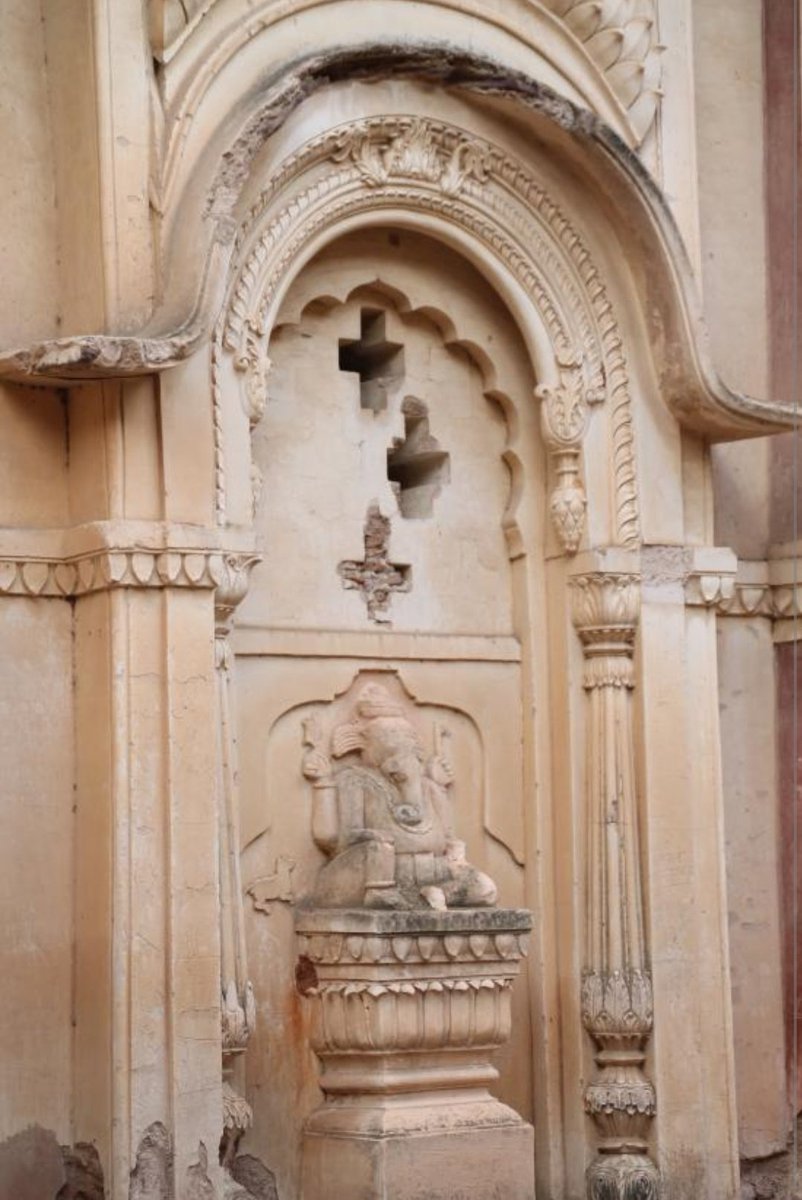


 Cave 16, in particular, features largest single monolithic rock excavation in the world, #KailashaTemple, a chariot shaped monument dedicated to God Shiva. Its excavation also features sculptures depicting gods, goddesses associated with Vaishnavism & Shaktism.
Cave 16, in particular, features largest single monolithic rock excavation in the world, #KailashaTemple, a chariot shaped monument dedicated to God Shiva. Its excavation also features sculptures depicting gods, goddesses associated with Vaishnavism & Shaktism.


 Entire #LakshmanaTemple complex stands on a high platform (Jagati). Its shikhara is clustered with minor urushringas (a subsidiary tower springing from sides of the main shikhara tower in the Hindu temple architecture of northern India.)
Entire #LakshmanaTemple complex stands on a high platform (Jagati). Its shikhara is clustered with minor urushringas (a subsidiary tower springing from sides of the main shikhara tower in the Hindu temple architecture of northern India.)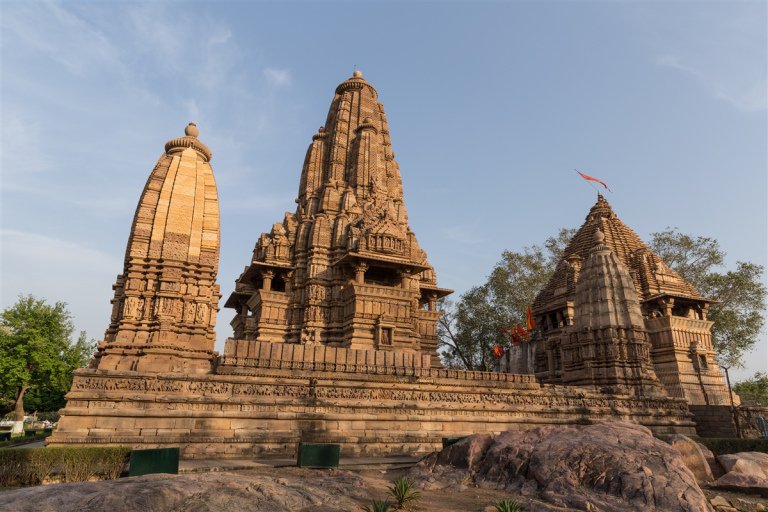

 📷1: Rare and only Sculpture of Ardhanarisurya at #DarasuramAiravateswarTemple
📷1: Rare and only Sculpture of Ardhanarisurya at #DarasuramAiravateswarTemple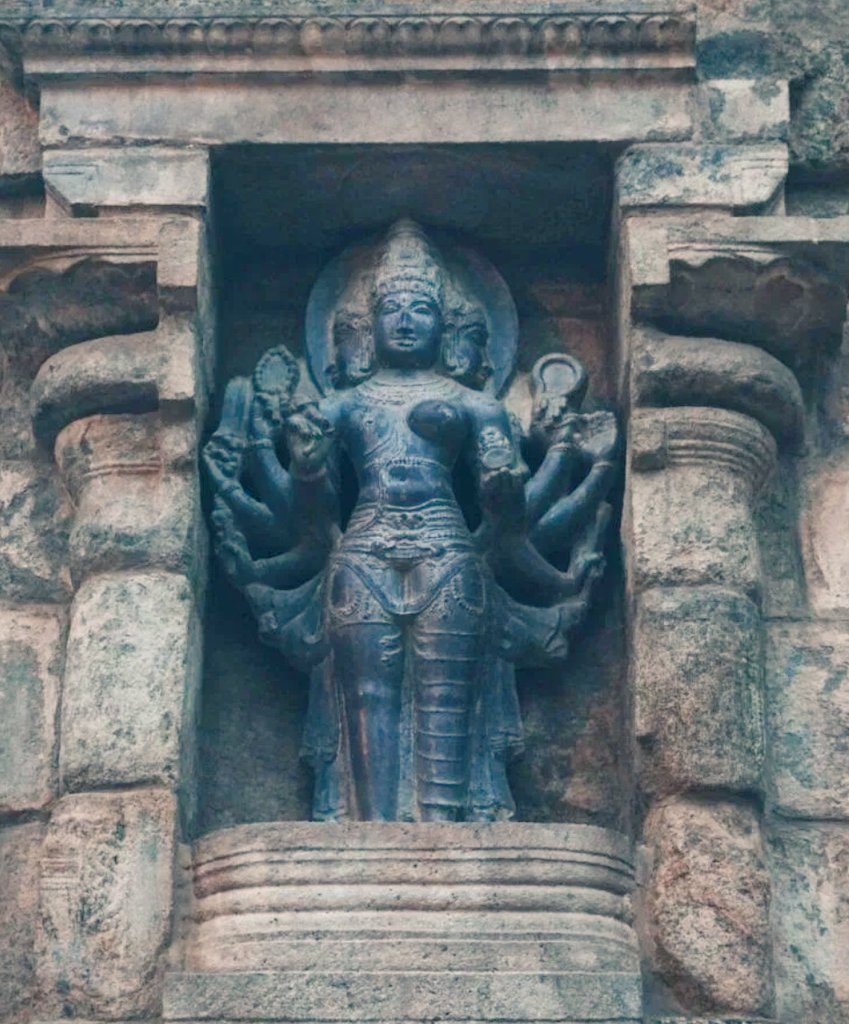




 📷1: With heavily ornamented pillars accurate in detail and richly sculpted walls, the #AiravateswaraTemple at Darasuram is a classic example of Chola art and architecture.
📷1: With heavily ornamented pillars accurate in detail and richly sculpted walls, the #AiravateswaraTemple at Darasuram is a classic example of Chola art and architecture.



 Raja Ram Rao Patil was Patil of Janjira Island and a chief of Kolis who established and/or built this island in the 16th century for Kolis to live peacefully away from pirates. After gaining permission from the Sultan of the Ahmadnagar Sultanate~FACEBOOK
Raja Ram Rao Patil was Patil of Janjira Island and a chief of Kolis who established and/or built this island in the 16th century for Kolis to live peacefully away from pirates. After gaining permission from the Sultan of the Ahmadnagar Sultanate~FACEBOOK


 #KantanagarTemple was built by Maharaja Pran Nath, its construction started in 1704 CE and ended in the reign of his son Raja Ramnath in 1722 CE. It boasts one of the greatest examples on terracotta architecture in Bangladesh.
#KantanagarTemple was built by Maharaja Pran Nath, its construction started in 1704 CE and ended in the reign of his son Raja Ramnath in 1722 CE. It boasts one of the greatest examples on terracotta architecture in Bangladesh.




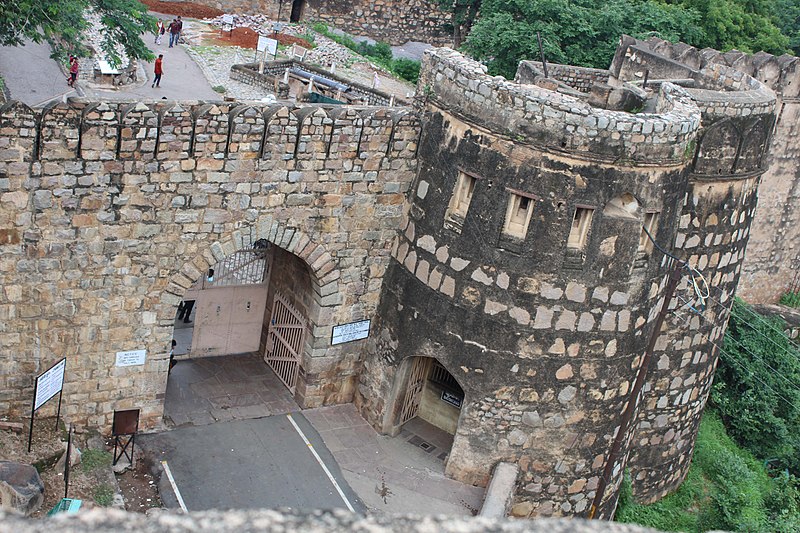 The construction of the #JhansiFort is ascribed to Bundela Rajput chief and the ruler of the kingdom of Orchha Veer Singh ju Deo Bundela in 1613. The granite walls of the fort are between 16 and 20 feet thick and on the south side the city walls meet.
The construction of the #JhansiFort is ascribed to Bundela Rajput chief and the ruler of the kingdom of Orchha Veer Singh ju Deo Bundela in 1613. The granite walls of the fort are between 16 and 20 feet thick and on the south side the city walls meet.


 The 4 distinct instruments within the observatory of #JantarMantar in New Delhi: the Samrat Yantra, the Jayaprakash, Rama Yantra and the Misra Yantra.
The 4 distinct instruments within the observatory of #JantarMantar in New Delhi: the Samrat Yantra, the Jayaprakash, Rama Yantra and the Misra Yantra. 
 Entire #KopeshwarTemple is divided into 4 parts Swargamandapa, Sabhamandapa, Antaral kaksha & Garbha gruha. 📷1: The Swargamandapa has a vestibule with an open top.
Entire #KopeshwarTemple is divided into 4 parts Swargamandapa, Sabhamandapa, Antaral kaksha & Garbha gruha. 📷1: The Swargamandapa has a vestibule with an open top. 

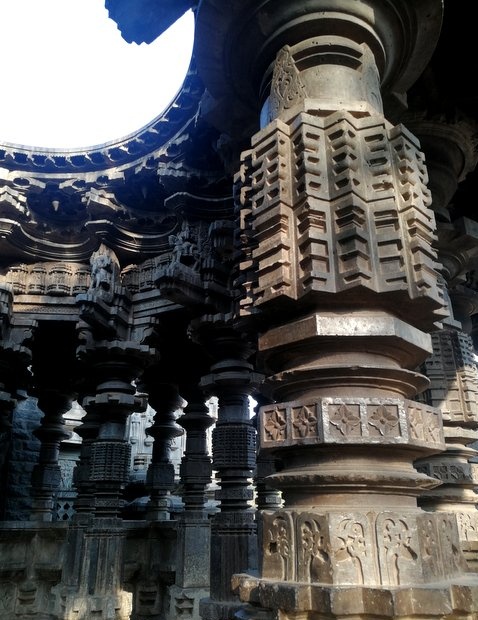



 #BarabarHillcmCaves were used by ascetics from the Ajivika sect, founded by Makkhali Gosala, a contemporary of Gautama Buddha, the founder of Buddhism & of Mahavira, the last & 24th Tirthankara of Jainism. The Ajivikas had many similarities with Buddhism as well as Jainism.
#BarabarHillcmCaves were used by ascetics from the Ajivika sect, founded by Makkhali Gosala, a contemporary of Gautama Buddha, the founder of Buddhism & of Mahavira, the last & 24th Tirthankara of Jainism. The Ajivikas had many similarities with Buddhism as well as Jainism.
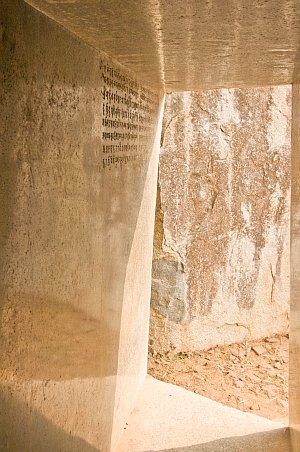

 The temples' pond is said in the Puranas to have been created from the teardrops of Shiva, after he wandered the Earth inconsolable after the death of his wife Devi Sati.
The temples' pond is said in the Puranas to have been created from the teardrops of Shiva, after he wandered the Earth inconsolable after the death of his wife Devi Sati.


 The temple wall carvings display all the 108 karanas from Natya Shastra by Bharata Muni, and these postures form a foundation of Bharatanatyam. The temple is located at the Center point of world's Magnetic Equator.
The temple wall carvings display all the 108 karanas from Natya Shastra by Bharata Muni, and these postures form a foundation of Bharatanatyam. The temple is located at the Center point of world's Magnetic Equator.


 The popular belief is that Nahar here stands for Nahar Singh Bhomia, whose spirit haunted the place and obstructed construction of the fort. Nahar's spirit was pacified by building a temple in his memory within the fort, which thus became known by his name.
The popular belief is that Nahar here stands for Nahar Singh Bhomia, whose spirit haunted the place and obstructed construction of the fort. Nahar's spirit was pacified by building a temple in his memory within the fort, which thus became known by his name.

 📷1+2: #KedareshwaraTemple was constructed with Soapstone. The temple stands on the platform called jagati which is typically five to six feet in height and which can be reached by a flight of steps.
📷1+2: #KedareshwaraTemple was constructed with Soapstone. The temple stands on the platform called jagati which is typically five to six feet in height and which can be reached by a flight of steps. 
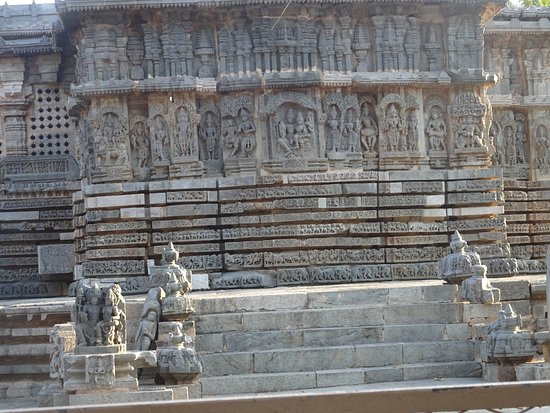


 Gopachal Parvat Jaina monuments depict Tirthankaras in seated Padmasana posture as well as standing Kayotsarga posture. The Gopachal monuments include standing and seated Shri Adinatha, Neminatha,
Gopachal Parvat Jaina monuments depict Tirthankaras in seated Padmasana posture as well as standing Kayotsarga posture. The Gopachal monuments include standing and seated Shri Adinatha, Neminatha, 
